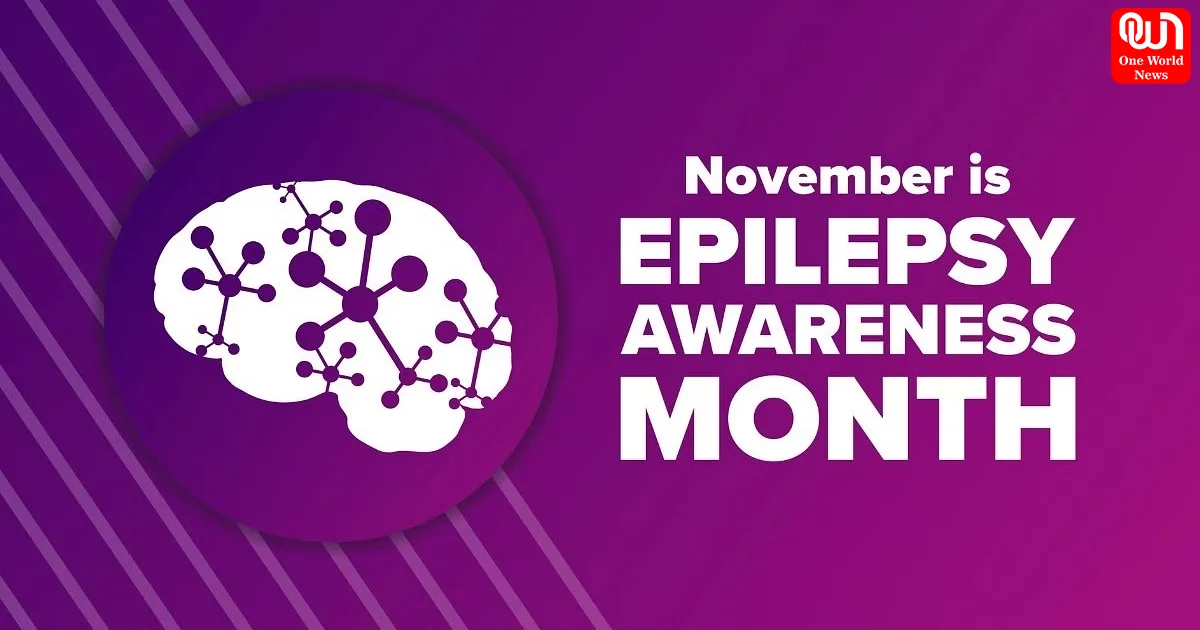National Epilepsy Day 2023: Date, history, significance; types of seizures
National Epilepsy Day 2023: Unraveling the complexities of epilepsy, fostering awareness, and supporting those impacted.
Epilepsy is a disease that involves an attack of unpredictable, upsetting seizures which occur when there are malfunctions in the electrical activity in the brain. When National Epilepsy Day is closing in i.e., November 17th, it would be wise to discuss the history, importance, and different forms of seizures.
Understanding Epilepsy
Epilepsy is a medical condition that makes some parts of the brain get abnormal signals for a while which affects the ordinary processes happening in the brain hence, disruption occurs at different levels; consciousness, movements and sensation. The AAoNS has recognized this disorder as resulting from the excessive firing of minute electrical impulses in the brain’s neural meshwork.
Seizures occur in different forms and produce a varied range of symptoms. People may experience some loss of awareness with a seizure; while others will stare blankly or have convulsions called convulsions. Surprisingly, notable personalities including Sir Isaac Newton, Charles Dickens, Elton John, Neil Young, Martin Kemp, and Richard Burton have been successful in dealing with epilepsy.
read more : Festive Cheers: Beware of Alcohol Poisoning Risks
National Epilepsy Day: Date, History and Significance
In India, National Epilepsy Day is celebrated every year on the 17th of November and it carries great importance. The day was established by the Epilepsy Foundation of India under the leadership of Dr Nirmal Surya to sensitize the people on issues related to epilepsy by dispelling false beliefs concerning it and helping the affected. This intervention is significant in fighting the social burden epilepsy causes people, family members, as well as society at large.
About 50 million people suffer from epilepsy in the world including about 10–20% or 5–10 million respectively according to WHO. Interestingly, around 70% of people with epilepsy control their seizures using medication and particular surgeries.
Types of Epileptic Seizures
Seizures, the hallmark of epilepsy, can be broadly classified into two categories: focal and generalized seizures.
Focal Seizures:
Focal seizures take place on one side of the brain and may cause unconsciousness. These are emotions, sensations, jolting, tingling, dizziness and flashes of light. Different kinds could result in disorientation and the victims might seem to be staring blank and making frequent motions.
Generalized Seizures:
Such abnormal brain activity leads to generalized seizures, i.e., all regions of the brain are affected by such seizures. They come in various forms:
Ø-Absence Seizures: Brief periods of gaze, simple body movements. #
Ø-Atonic Seizures: Causing a sudden loss of control over muscles due to falling (known as drop seizures).
Ø-Clonic Seizures: Involving jerky, repetitive or rhythmical muscle acts.
Ø-Myoclonic Seizures: Arms or legs jerked or contracted suddenly but momentarily.
Ø-Tonic-Clonic Seizures: This can lead to sudden loss of consciousness, rigidness of the body, quake, sometimes loss of urinary incontinence or even bite down on the tongue.
On this National Epilepsy Day 2023, it makes sense that as people we try to make people understand and support each other about epilepsy so that societies may be more involved in each other and aware of the condition.
Like this post?
Register at One World News to never miss out on videos, celeb interviews, and best reads.








